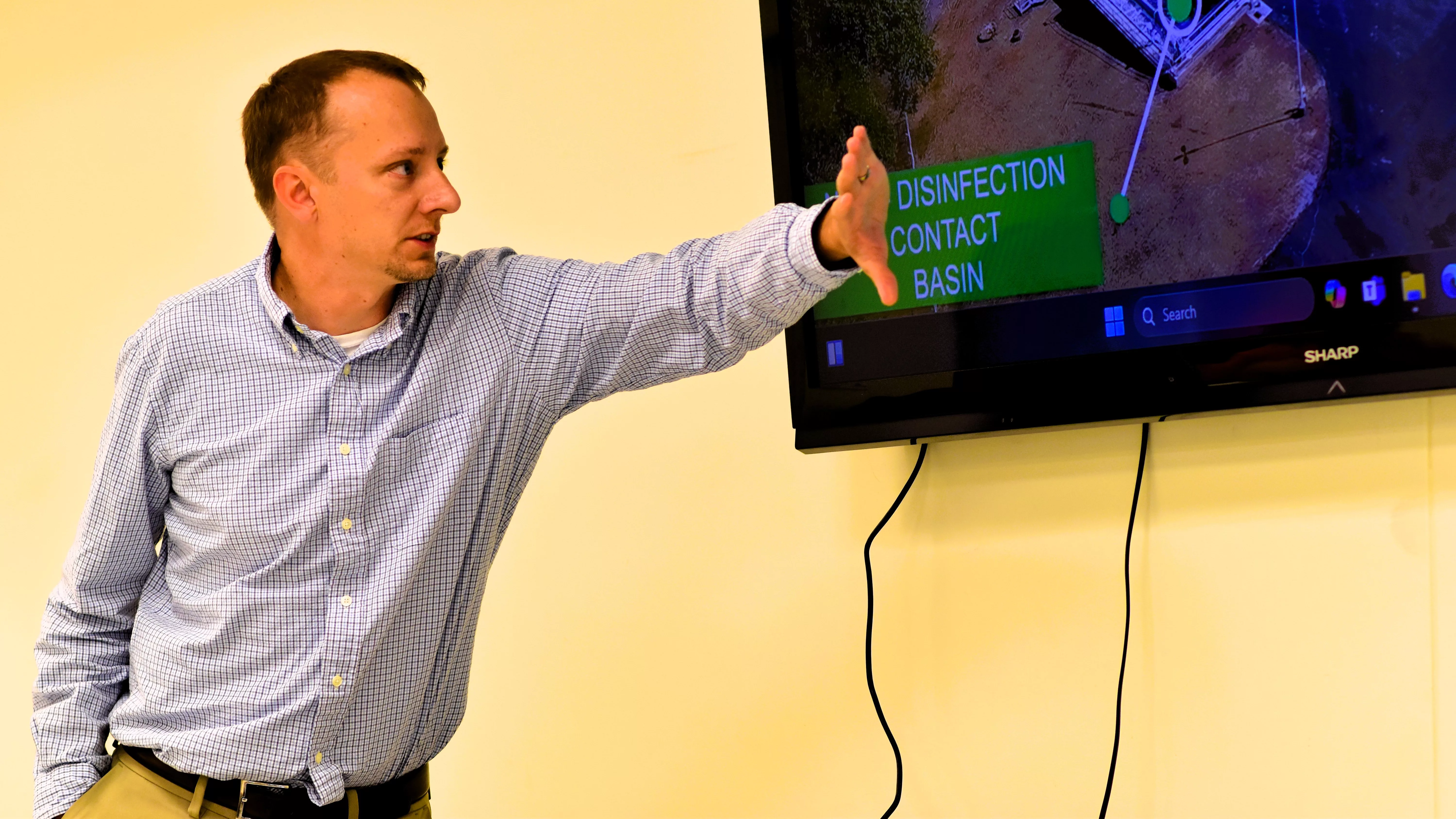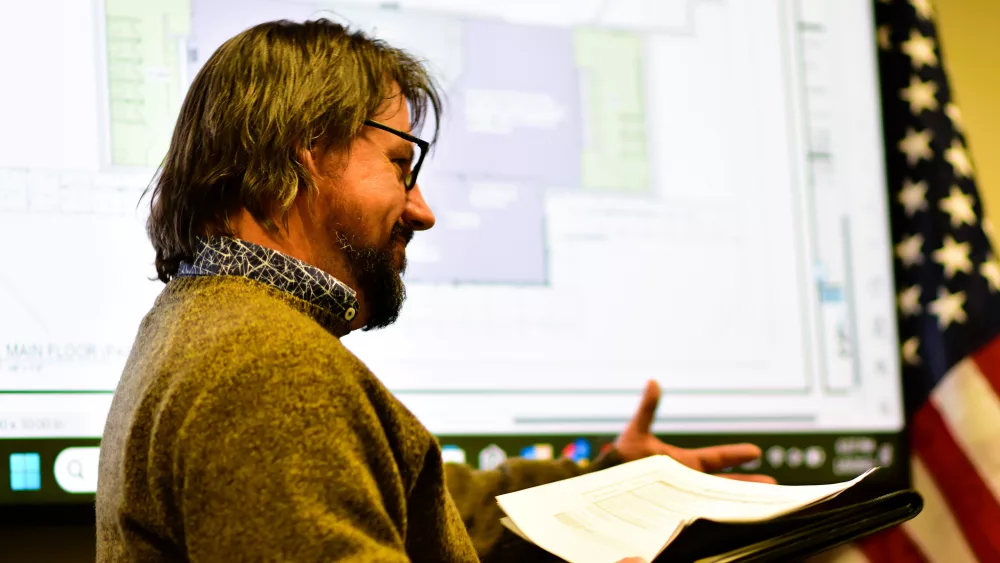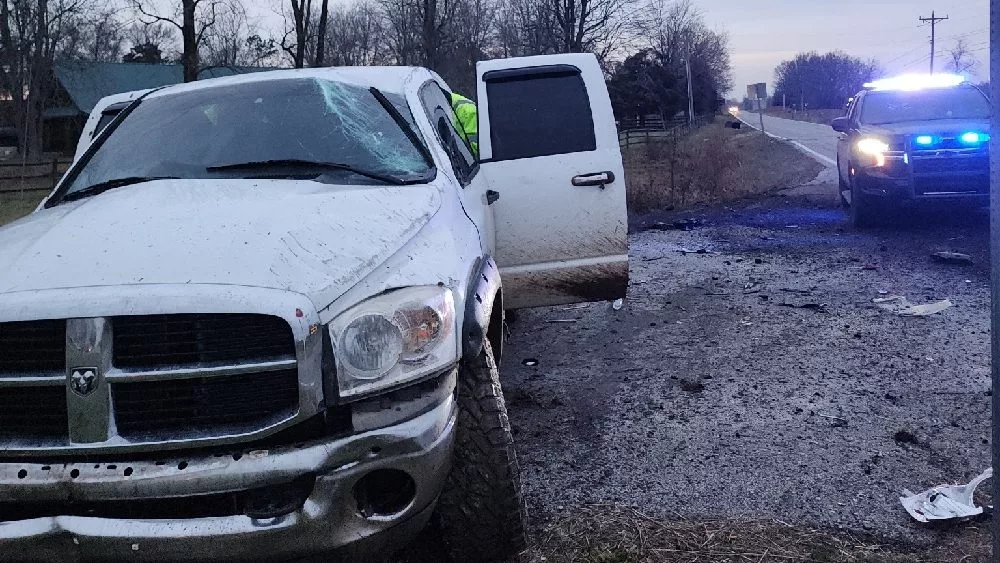
Discussing economic growth of Trigg, Christian and Todd counties with constituents Monday afternoon, South Western Kentucky Economic Development Council Executive Director Carter Hendricks said while the past decade-plus has shown strong trends — better news could be on the way.
In the pipeline: potentially 2,000 more jobs and $500 million in likely capital investments.
Some of these projects, he said, have already been reported investments and expansions that are secured, but some have not, meaning it’s “closing time” for some potential announcements.
Hendricks also noted that increased property values, large-scale investment and infrastructure development since 2013 has caused three positive outcomes for the tri-county region: better compensation taxing rates, better tourism opportunities and equal, or largely improved, tax collection rates.
Todd County, alone, has seen its property values almost double in the last 11 years, and Hendricks added Trigg County has seen its property values move from just over $600 million, to north of $1 billion in the same span.
In other SWK news:
— Hendricks lauded Oak Grove Mayor Jackie Oliver for her, and many others, efforts in bringing the Buc-ee’s project back to southern Christian County.
In more detail, Hendricks said the campus, soon-to-be located on Exit 89, will be at minimum 74,000 square feet, a $70 million investment and providing at least 200 jobs.
— HWEA Director of Water Daniel Lancaster gave an update on the coming conclusion of more than four years of new constructions and upgrades to the wastewater plant along Gary Lane in Hopkinsville.
Not only has included considerable concrete and blacktop work on the property, but also intake and outflow improvements. He noted a month’s worth of contracted labor and other punch-list items need to be finished out before any planned ribbon cuttings and public tours can commence.
Lancaster added that some sludge storage tanks offer room like never before, with other important changes now a reality.
He called the project “an upgrade for the community,” as far as capacity and water quality, but did note that per- and polyfluoroalkyl — PFAS — substances, and their potential removal, are continuing to gain traction in clean water discussions.
Lancaster said that this plant specifically does remove “some PFAS” because it removes solids, squeezes them, and then sends them to a landfill.






